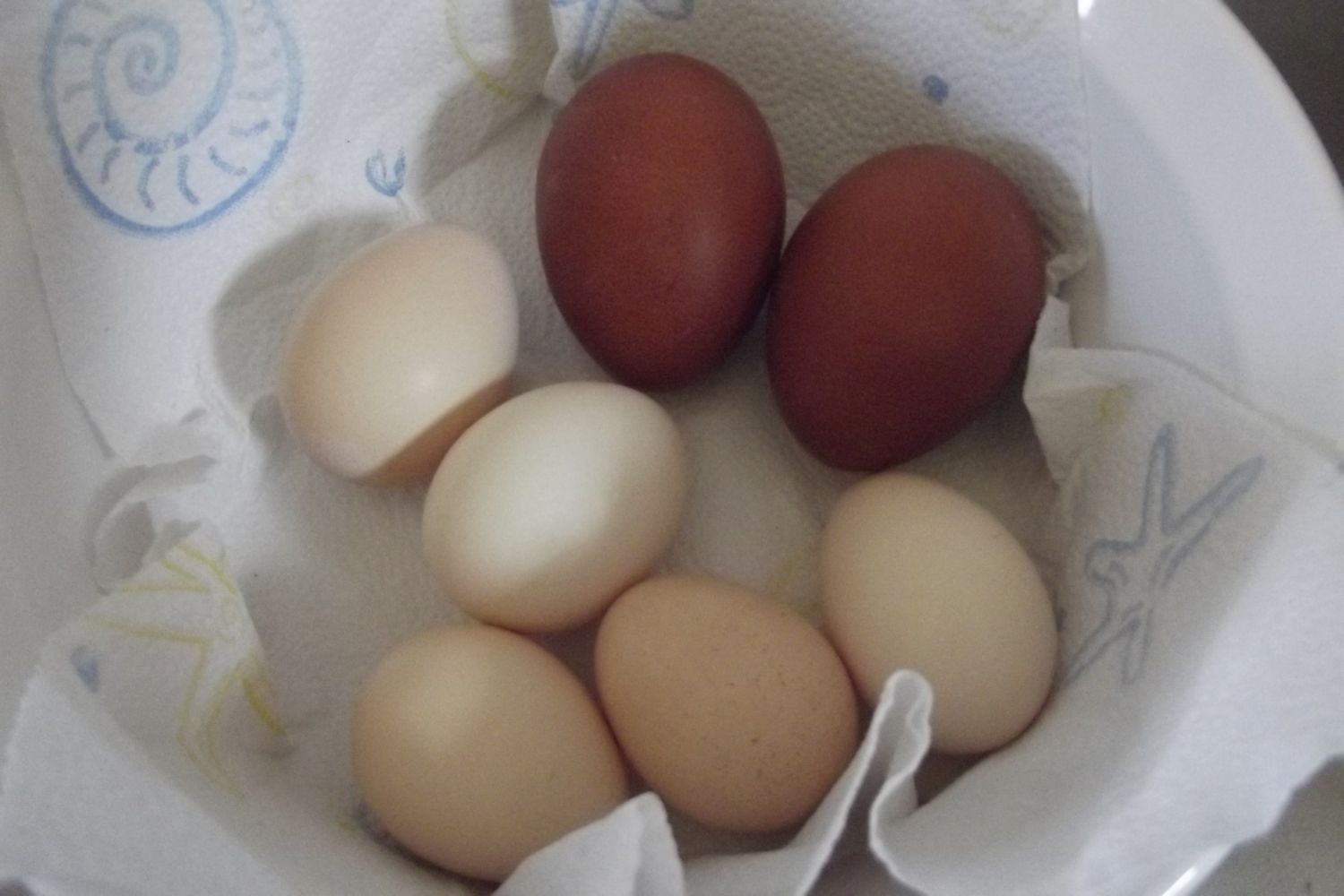Everyone ready for Thanksgiving?
We spent Thanksgiving cleaning out hubby's shed and splitting wood.
The weather was windy, but nice enough that we pulled off a cook out before the sun went down!
I have plans to cook out Turkey this weekend - the weekend after Thanksgiving. . . HOWEVER, the weather is suppose to be even nicer this weekend. I am feeling the urge to cook out again! I've got plenty of marshmallows... I like mine golden brown! Gotta LOVE Florida in the winter!








